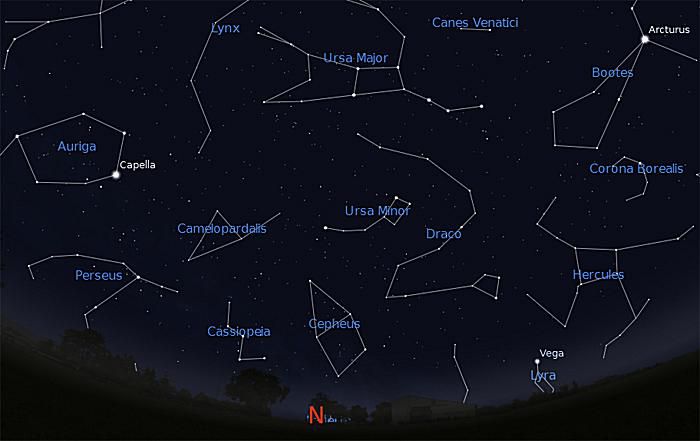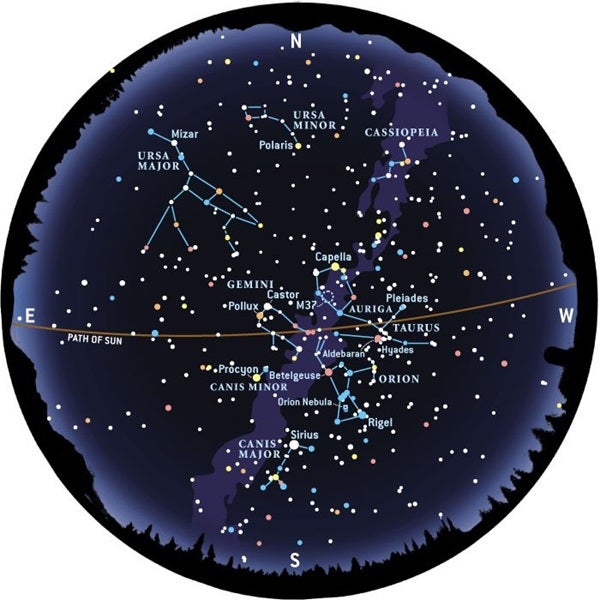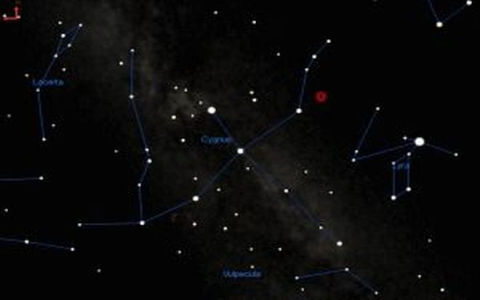Well, if you ask me about constellations, I’d say they’re just a bunch of stars up in the sky, all stuck together in some sort of pattern. You know, like when you look up at the stars and see shapes. I reckon folks long time ago looked at them stars and saw things like animals or people or whatever, and that’s how they come up with names for ‘em. Like Orion, the big hunter, or Leo, the lion. It’s all about the shape they make in the sky.
So, what exactly do them fancy astronomers mean when they say “constellation”? Well, it’s just a group of stars that look like somethin’ up there in the sky, a pattern if you will. They ain’t really close together, but from where we stand on Earth, it sure looks like they are. And folks have been lookin’ up at these stars for ages, tryin’ to make sense of it all. Some say they’re signs of good luck, or marks for the seasons. Others just use ‘em to figure out where stuff is in the sky. Like if you wanna find a planet or somethin’, a constellation might help you figure out where to look.
Now, constellations are real handy for navigatin’. When sailors went out on the big ol’ ocean, they’d look up at the stars to know which way to go. They didn’t have all them fancy GPS gadgets like we got now. But they could always count on the stars to guide ‘em. Same thing with astronomy today. They use them constellations to point out where certain stars or planets are, just like a map in the sky.
And you know, back in the day, they didn’t just call ‘em constellations for no reason. No sir! The word itself comes from Latin, meaning a “group of stars.” And them stars form shapes that look like all sorts of things. You got your bulls, your lions, your hunters, and even some fish. It’s all just shapes in the sky that folks used to help tell stories or mark the time. You’ll find a constellation or two in every corner of the sky, like the big dipper, which helps folks know where north is. Or the Southern Cross, which is real popular down south where it’s warm.

And speaking of seasons, constellations change with the time of year. That’s right! You won’t see the same constellations all year long. They come and go as the Earth moves around the sun. In the summer, you might see Sagittarius and Scorpio, but come wintertime, you’ll be lookin’ at Orion and Taurus. It’s all part of the circle of the sky, like the seasons change on the ground.
But these star patterns ain’t just for navigatin’ or tellin’ the time, they’ve got a lot of myth behind ‘em too. Many constellations are named after heroes, gods, and creatures from old stories. Like I said, there’s Orion, who was a mighty hunter in Greek mythology. Then there’s Ursa Major and Ursa Minor, named after bears! These stories are so old, they’ve been passed down for generations, and they still got people wonderin’ about them today.
So, if you’re ever out at night, lookin’ up at the sky, and you see some stars all in a line or a funny shape, well, you might just be lookin’ at a constellation. You’ll probably never get to know all 88 of ‘em—yep, there’s that many—but it sure is fun to try and find some of ‘em. Who knows? Maybe you’ll spot one that tells a story, or one that’s been used by sailors and explorers for centuries.
Now, it might sound all complicated when them smart folks talk about constellations in their big books and fancy language. But really, they’re just a bunch of stars, all gathered up together, making shapes in the sky. And as long as you know where to look, you can find ‘em too!
In conclusion, constellations might just be groups of stars that look like animals, people, or things in the sky, but they’ve been important for navigation, marking time, and telling stories. They’ve been used by astronomers, sailors, and people all over the world. So next time you look up at the stars, remember: you’re not just seein’ dots of light, you’re lookin’ at ancient maps, myths, and patterns that connect us all, from way back in time to right now.

Tags:[constellation, stars, astronomy, star patterns, night sky, navigation, Orion, Leo, Ursa Major, mythology, astronomy terms, identifying constellations, sky maps]








